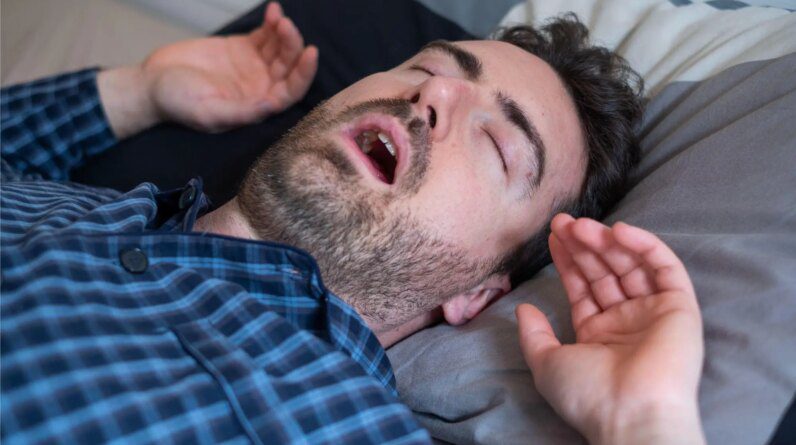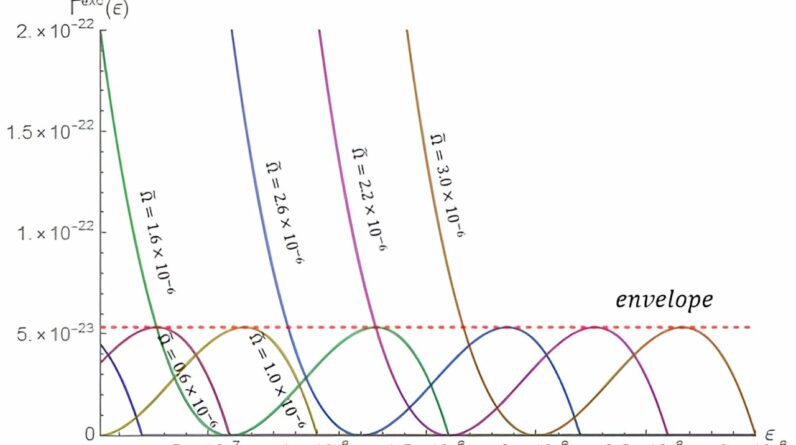
Um estudo mostra que quase 20% dos adultos franceses sofrem de apneia obstrutiva do sono (OSA), mas apenas uma fração é diagnosticada e tratada. A pesquisa também descobriu que a apneia obstrutiva do sono é mais prevalente em certos grupos demográficos, incluindo homens e indivíduos mais velhos, e as mulheres muitas vezes não são diagnosticadas.
De acordo com um estudo recente publicado na Pesquisa Aberta ERJEstima-se que até um em cada cinco indivíduos pode sofrer de apneia obstrutiva do sono (AOS).
As pessoas com apneia obstrutiva do sono geralmente apresentam sintomas como ronco alto, falta de ar durante a noite e despertares frequentes. Além de causar fadiga, a apneia obstrutiva do sono (OSA) também pode aumentar o risco de problemas graves de saúde, incluindo pressão alta, derrame, doenças cardíacas e diabetes tipo 2.
Tratamentos e mudanças no estilo de vida podem ajudar as pessoas com apneia obstrutiva do sono. No entanto, o novo estudo também observa que apenas uma pequena porcentagem de pessoas com sintomas de apneia obstrutiva do sono foi diagnosticada e recebeu ajuda com a condição.
O estudo incluiu dados de 20.151 adultos franceses. Os pesquisadores registraram o número de participantes diagnosticados com apneia obstrutiva do sono. Eles também usaram um questionário para medir o número de participantes que podem ter OSA não diagnosticado. O questionário enfoca ronco grave, sonolência diurna excessiva (o sintoma mais comum da apneia obstrutiva do sono), pressão alta e obesidade.
Os pesquisadores então usaram esses dados para calcular a proporção da população francesa susceptível de ser afetada pela OSA. Eles descobriram que cerca de um em cada cinco (20,2%) tinha probabilidade de ter apneia obstrutiva do sono, enquanto apenas 3,5% estavam sendo tratados para a doença.
AOS foi mais comum em homens mais velhos[{” attribute=””>cardiovascular disease, lower socioeconomic status, or were less physically active, in smokers, and in people with symptoms of depression. Women were at a higher risk of going undiagnosed with OSA.
The study was led by Dr. Pauline Balagny from the Faculty of Medicine at the University of Paris-Cité, France. She said: “We know that OSA is a major health hazard but if patients are diagnosed with the condition, they can be given treatments and advice to mitigate the risks. Our study suggests that OSA is common, but the majority of those affected do not know they have the condition.
“Our findings are in line with research in other countries which suggest that OSA is becoming more common.”
A key strength of this research is that it is based on a large group of people who are representative of the French population. A weakness is that the study relies on a questionnaire to gauge the likelihood of OSA, rather than testing participants in a sleep clinic.
Professor Winfried Randerath, Head of the European Respiratory Society’s Assembly on sleep-disordered breathing, who was not involved in the research said: “This research suggests that many people with OSA are not aware that their snoring and sleepiness are signs of a problem. We need to raise awareness of OSA because once people are diagnosed, they can be given treatment and advice to help lower their risk of other serious conditions such as stroke, heart disease, and diabetes. Although OSA is more common in men, this study indicates that we also need to get better at spotting the condition in women.”
Dr. Balagny and her colleagues will continue to study the links between OSA symptoms and cardiovascular diseases. They are also investigating whether screening for OSA could help heart attack patients.
Reference: “Prevalence, treatment and determinants of obstructive sleep apnoea and its symptoms in a population-based French cohort” by Pauline Balagny, Emmanuelle Vidal-Petiot, Adeline Renuy, Joane Matta, Justine Frija-Masson, Philippe Gabriel Steg, Marcel Goldberg, Marie Zins, Marie-Pia d’Ortho and Emmanuel Wiernik, 10 May 2023, ERJ Open Research.
DOI: 10.1183/23120541.00053-2023
The study was funded by Recherche Hospitalo-Universitaire iVASC.






